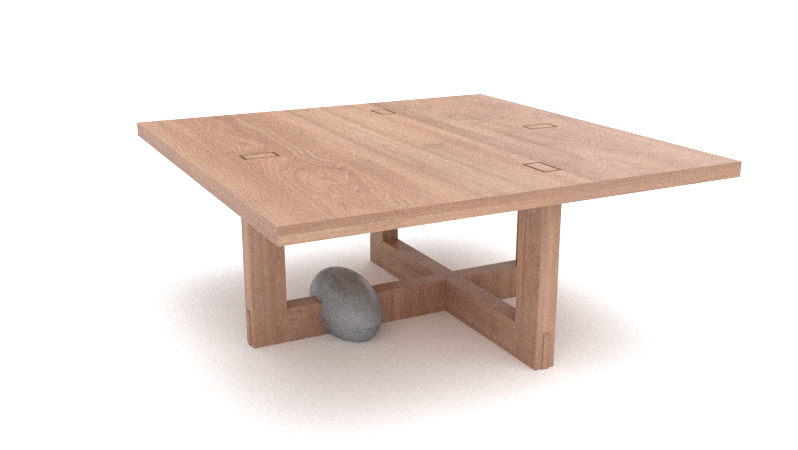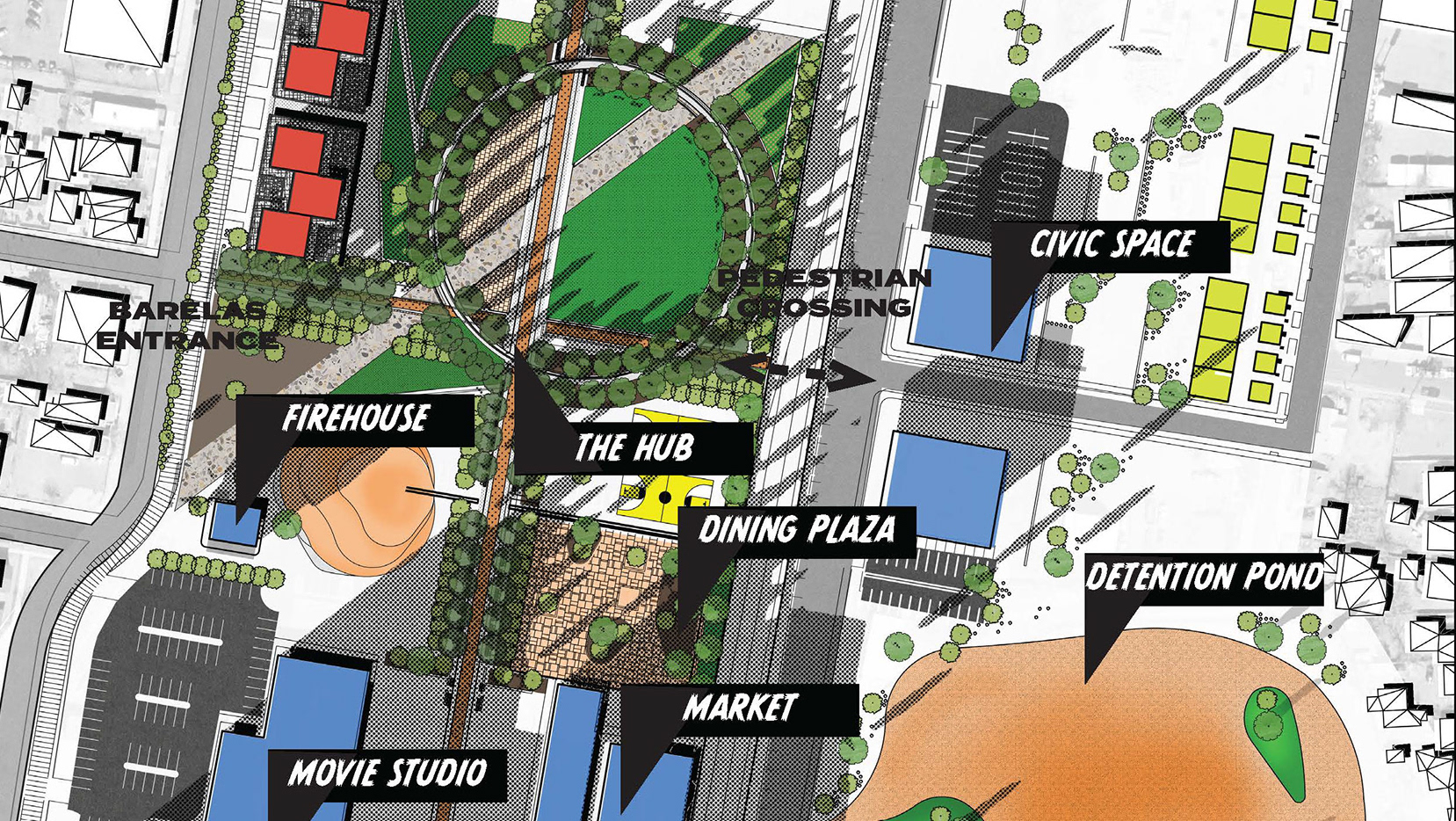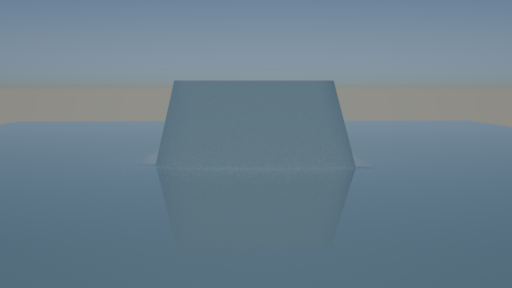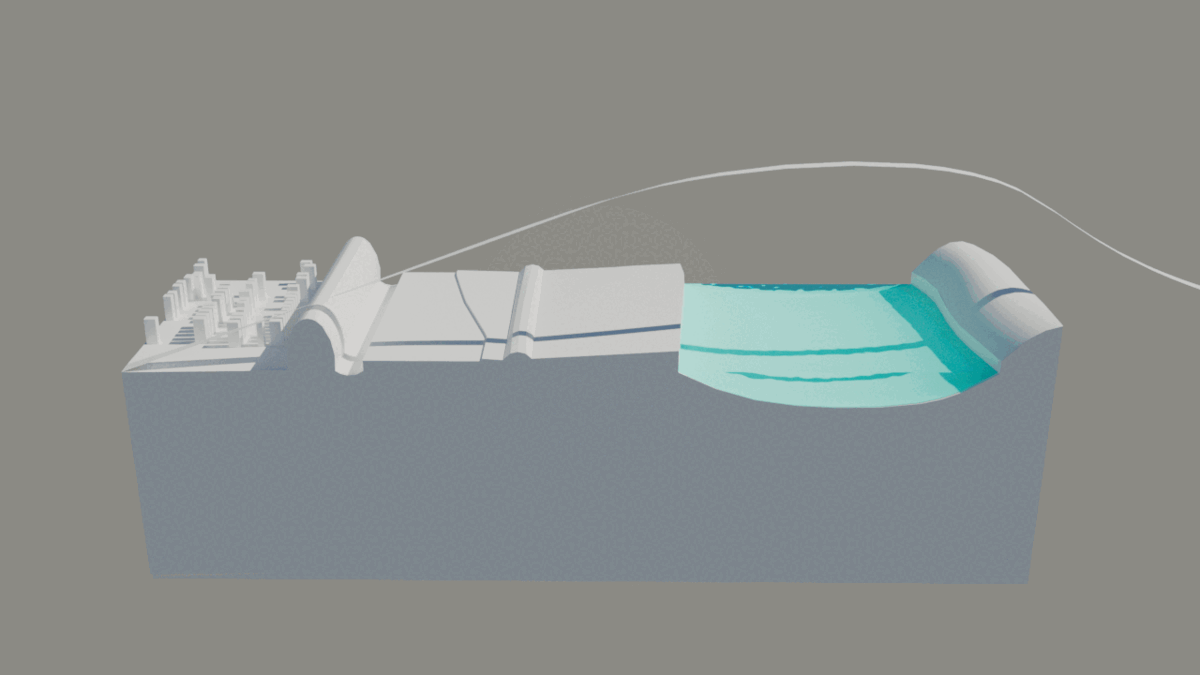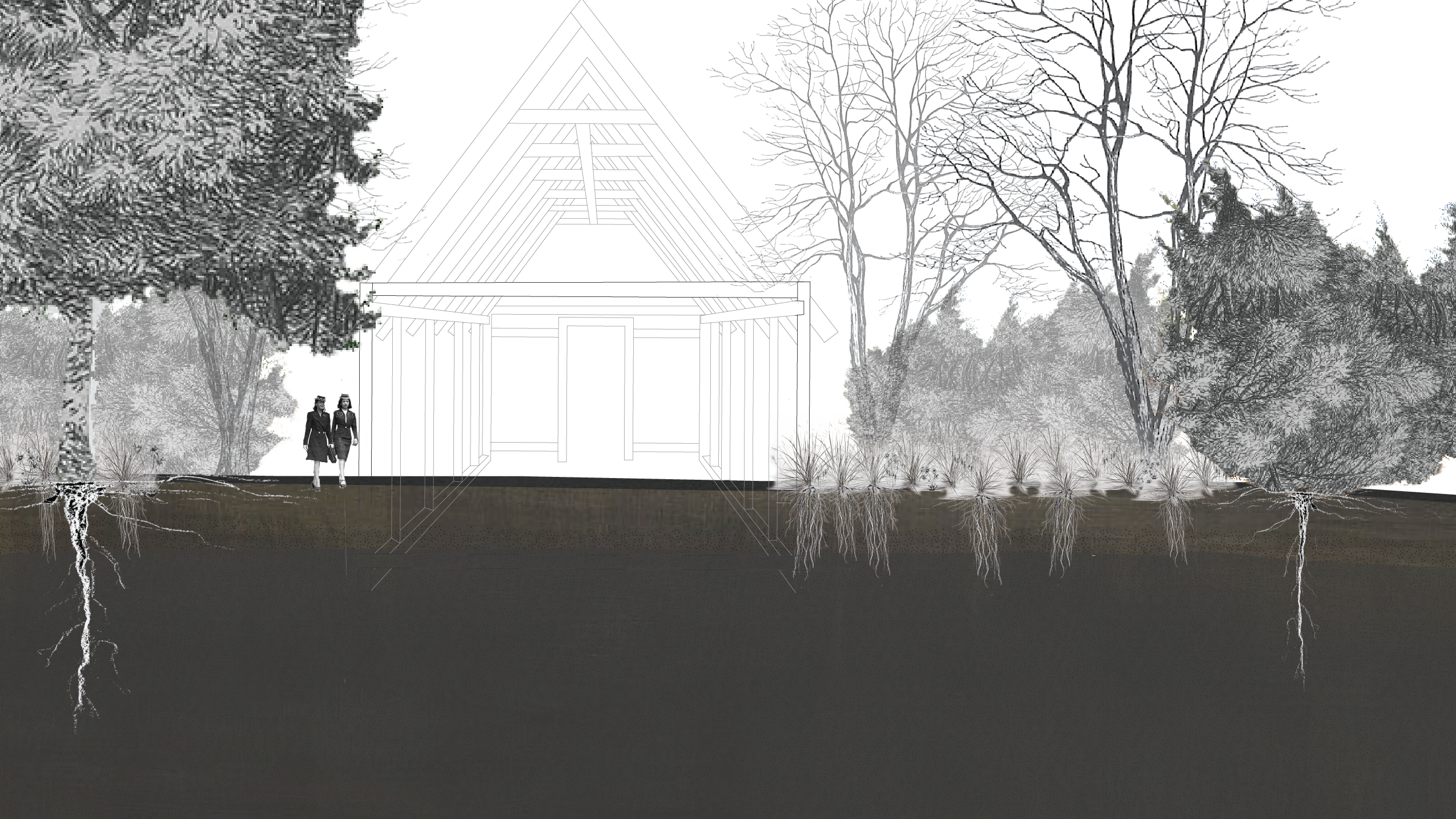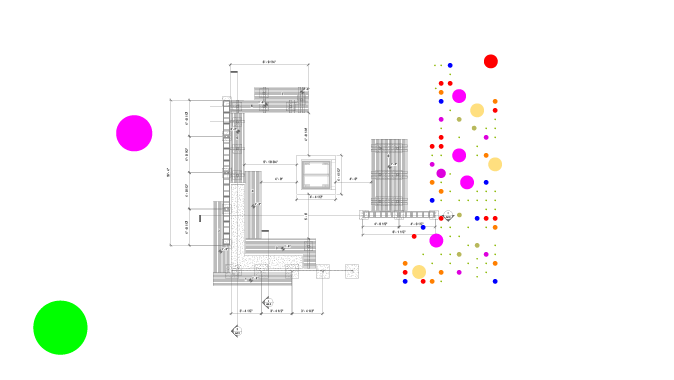The University of Texas at Austin South Mall
Austin, Texas
Austin, Texas
Inspired by the writing of Gilles Clément and Peter Del Tredici's research on spontaneous vegetation, The Vagabond Garden embraces the willful nature of plants with a design scheme that encourages their spread over time.
West Plot (Autumn, Year 03)
East Plot (Autumn, Year 03)
West Plot (Spring, Year 03)
The garden is an experiment in plant movement situated in a set of mirrored plots and occurring over time. The initial planting consists of a suite of “vagabonds,” species that represent a wide range of dispersal methods: fleshy fruit, wind-born seeds, rhizomes, pods, suckers, and even seeds that cling to the fur of passing animals. This garden proposes that these eager plants should be allowed to self-seed and propagate, leaving the form of the final garden open to chance. Over time, the relationships between the plants and the ground materials may provide lessons for future plantings on degraded sites on campus.
One Day One, these species will be installed in the West Plot, which is divided into two sections, with rugged, “hot” summer-blooming species planted in recycled concrete base and “cool” spring blooms to the north on a mixed groundcover of blue grama (Bouteloua gracilis), curly mesquite (Hilaria belangeri), and silver ponyfoot (Dichondra argentea). Across the plaza, the East Plot mirrors the hardscape, topography, and major trees of the West Plot, but no further species are planted. Here, the groundcover is the standard Bermuda grass turf found on campus. After installation each plot is left to develop without human intervention. A metal fence on either side of the path provides a perch for bids to sit and disperse seeds and for plants to climb.
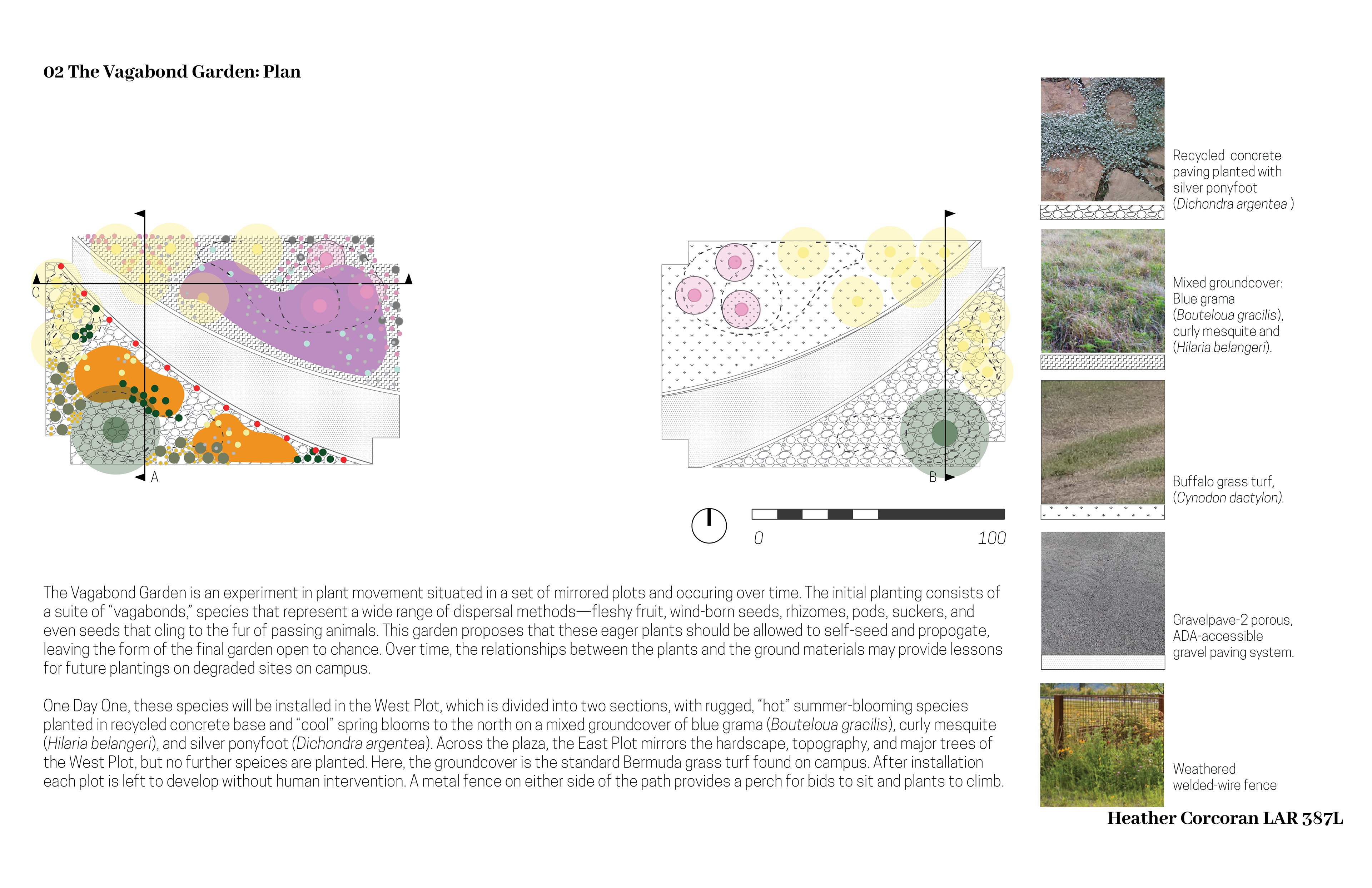
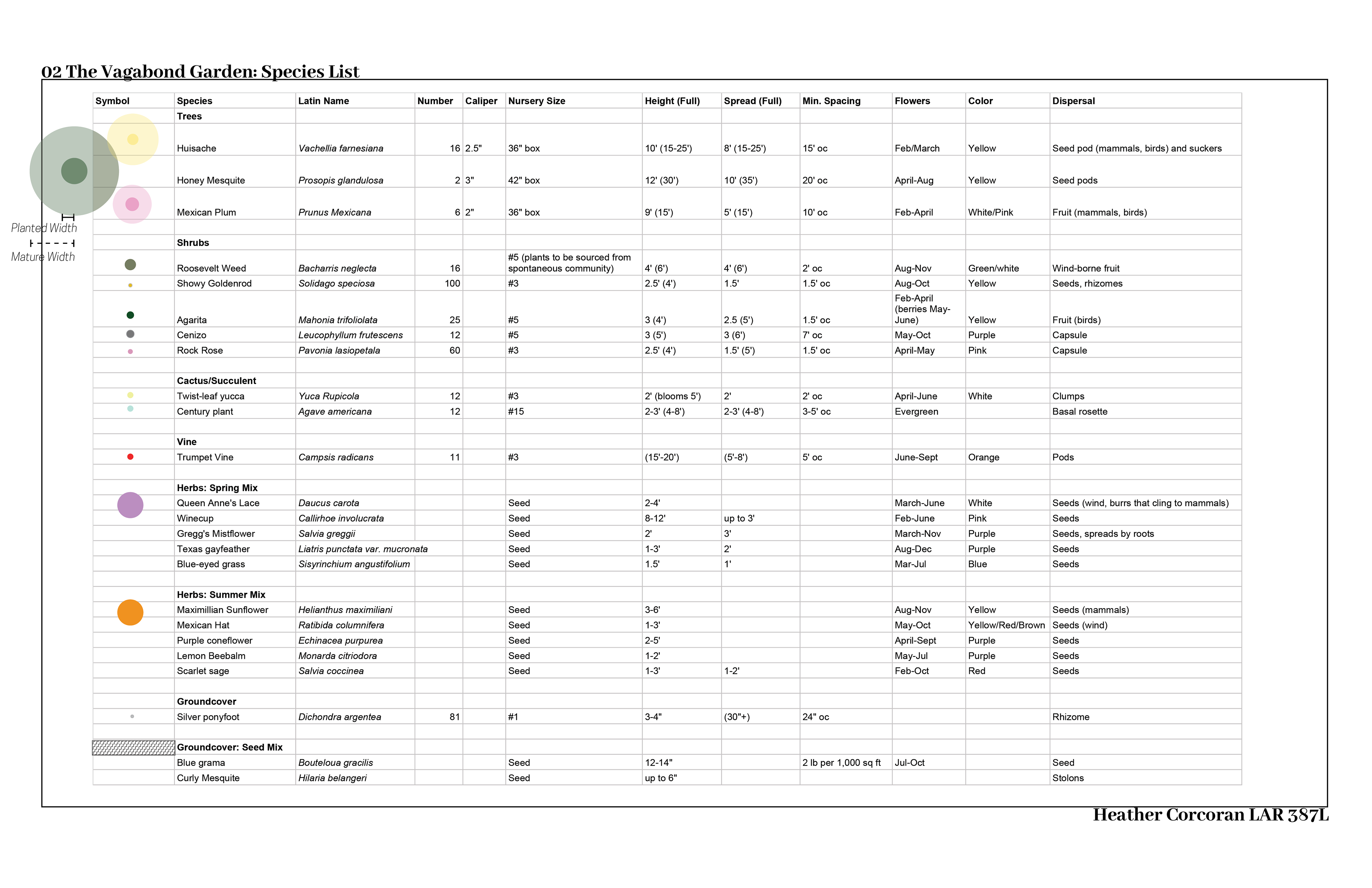
Fall 2020
Living Systems II
Instructor: Phoebe Lickwar
Figures adapted from Robert Longo's “Men in the Cities” (1977–83)
Living Systems II
Instructor: Phoebe Lickwar
Figures adapted from Robert Longo's “Men in the Cities” (1977–83)
